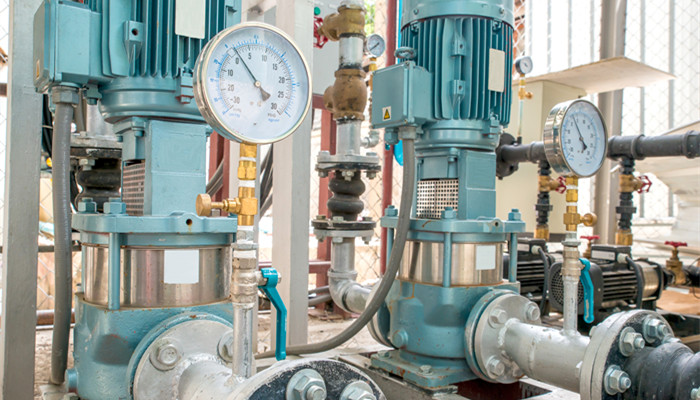
Inorganic flocculants are in strong demand in the field of wastewater treatment and industry development is accelerating
Inorganic flocculants, also known as inorganic coagulants, refer to flocculants composed of inorganic components. Inorganic flocculants have the advantages of excellent coagulation performance, wide adaptability to water quality range, fast settling speed, and high dehydration rate, and are widely used in the field of wastewater treatment. According to different chemical compositions and properties, inorganic flocculants can generally be divided into composite inorganic polymer flocculants, cationic inorganic polymer flocculants and anionic inorganic polymer flocculants.
The production of inorganic flocculants requires three steps: hydrolysis reaction, polymerization reaction and polycondensation reaction. Inverse emulsion polymerization, aqueous solution polymerization and radiation initiation are the main production methods of inorganic flocculants. The aqueous solution polymerization method is the mainstream production method of inorganic flocculants. This method causes the polymerization reaction of initiators and monomer flocculants in water to finally produce inorganic flocculants. The aqueous solution polymerization method has the advantages of low production cost and simple process equipment, and is suitable for large-scale production.
From the perspective of product segments, polyferric chloride (PFC), polyaluminum sulfate (PAS), polyphosphorus ferric chloride (PPFC), polyferric sulfate (PFS), polyaluminum chloride (PAC), etc. are inorganic flocculants. Market mainstream products. Compared with other inorganic flocculants, polyaluminum chloride has the advantages of wide applicable pH range, obvious water purification effect, and fast flocculation and precipitation rate. In 2021, my country’s polyaluminum chloride production reached 2.104 million tons, a year-on-year increase of 3.1%. It is expected that in the future, driven by market demand, my country’s polyaluminum chloride production will continue to maintain a growth trend.
Inorganic flocculants are widely used in a wide range of applications, including cosmetics, wastewater treatment, papermaking, etc. Among them, the wastewater treatment field is the largest demand end for inorganic flocculants. Flocculation is an important part of the wastewater treatment process, and its effect plays a decisive role in the treated water quality and water flow operation conditions. Inorganic flocculants can effectively remove suspended substances in wastewater and occupy an important position in the field of wastewater treatment. According to the “2023-2027 Inorganic Flocculant Industry In-depth Market Research and Investment Strategy Suggestions Report released by the Industrial Research Center, in recent years In recent years, the global inorganic flocculant market has continued to expand, reaching US$6.89 billion in 2021.
Major players in the global inorganic flocculant market include Kemira Chemical Industry Group of Finland, TACO of the United States, etc. Sanfeng Environmental Group Co., Ltd., Hengyang Jianheng Industrial Co., Ltd., and Shenzhen Changlong Technology Co., Ltd. are the main manufacturers of inorganic flocculants in my country.
Industry analysts said that inorganic flocculants have excellent performance and are widely used in the field of wastewater treatment. Driven by environmental protection policies, my country’s inorganic flocculation The market demand for pharmaceuticals continues to rise, and the industry has developed rapidly. In terms of production, after years of development, my country has many excellent inorganic flocculant manufacturers. Driven by technological innovation, the output and quality of my country’s inorganic flocculants will continue to improve.

 微信扫一扫打赏
微信扫一扫打赏

